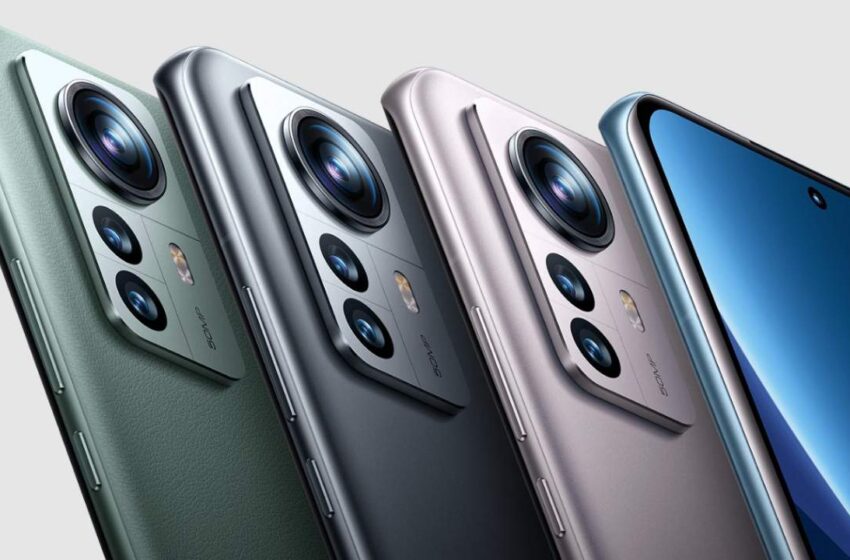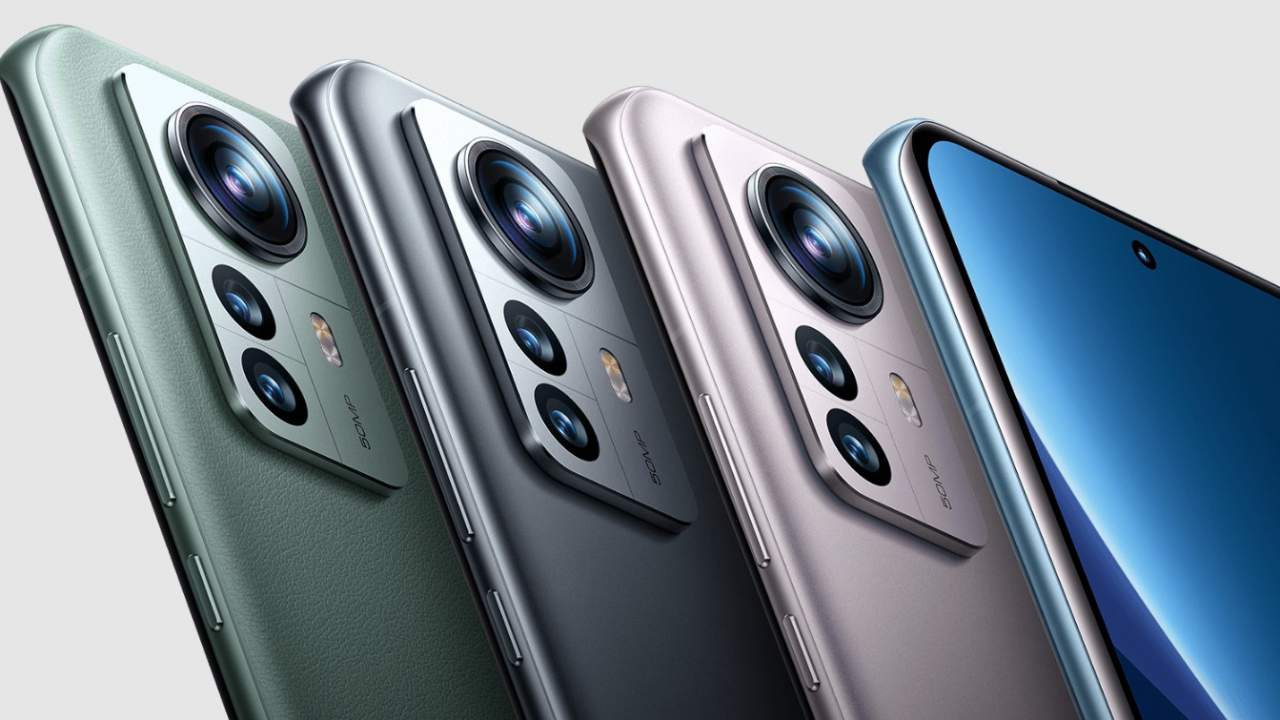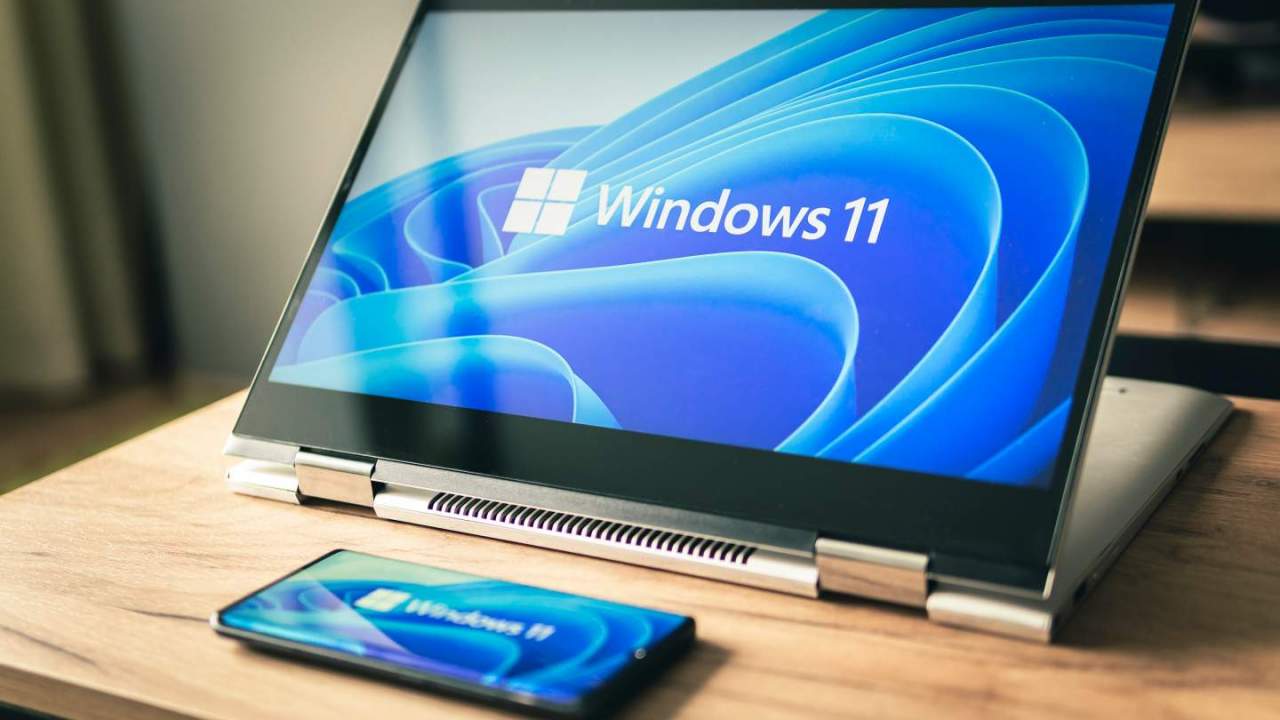
Xiaomi 12 and 12 Pro serve up Snapdragon 8 Gen 1 and impressive OLED display
Xiaomi today announced the Xiaomi 12 series, which will offer two flagship phones: Xiaomi 12 and 12 pro. Yes, we get revealed from two cellphones today, and Xiaomi said that his superior revealed it would include two different telephone models from here. As you can imagine, there are a number of similarities between Xiaomi 12 and 12 pro, but there are some major differences too.
Both cellphones, for example, use the Snapdragon 8 gen 1 cellphone chipset, which Xiaomi said was quite good for a 30% increase in graphical rendering capabilities and five times AI performance. We are not very clear what is compared to Xiaomi here, but it seems safe to assume that 12 series phones are compared with Xiaomi MI 11.
In any case, the cooling system on both phones sounded solid, with standard 12 using a square square square steam room plate, while 12 pro uses 2,900 square millimeters. In addition, both phones use LPDDR5 RAM, of course, the amount of RAM you get in the end depending on which model you choose to buy – more about the configuration option later.
On the screen where we begin to see the first significant difference between these two phones. The Xiaomi 12 standard comes with a 6.28-inch flexible OLED display which output on max 2400 x 1080, compared to 6.73 inch 1440P OLED on Xiaomi 12 Pro. The screen on the Xiaomi 12 standard has a 120Hz refresh speed, but unfortunately, Xiaomi doesn’t tell us the speed of refresh at 12 pro. We would not be surprised to hear that it was lower – 60Hz, maybe – because of a higher resolution, but it was only speculation on our part.
The company said that both phones support HDR10 + and Dolby vision, and the peak brightness of 1,100 nits in the standard 12 and 1,500 in 12 pro can serve HDR modes well. Obviously, we have to see how this look is done after a cellphone on the shelf, but Xiaomi is not ashamed about heralding a + rating that is displayed from the people in DisplayMate (unfortunately, the DisplayMate report does not seem to live just).
There are some main differences between the camera array on this handset too. On Xiaomi 12, we get a tripup triple-camera that includes the SONY IMX766 as the main camera, grouped with 13MP and 5MP telemakro cameras. Sony IMX766 is clearly a star show there, because the remaining more or less standard camera hardware we want to see on the superior.
Xiaomi 12 Pro took the items to the next level, which we expected from the phone with moniker “Pro”. Here we will get the Sony IMX707 as the main lens, paired with ultra-wide JN1 sensors and 2x telephoto cameras. Xiaomi said that every camera on the back of the 12 hour pro at 50MP, which departed enough from the camera array behind 12.
At Xiaomi 12, we can expect a 4,500mAh battery, while Xiaomi 12 Pro uses a single cell 4,600mah cell battery. Without being specifically, Xiaomi said that both were large enough to be used throughout the day. Both phones will also support Dolby Atmos, with tuning handled by Harmon Kardon.
In addition to the Xiaomi 12 series, the company also revealed Xiaomi 12x (which is a cheaper alternative to the main device Xiaomi 12), along with Xiaomi Watch S1 and Xiaomi buds 3. Next, the company also announced the latest version of its cellular operating system, MIUI 13, and It seems safe to assume that the new OS will run on pro 12 and 12 outside the box.
The new mainstay cellphone, Xiaomi said they would be launched in mainland China on December 31. Each cellphone will be available in three configurations, and for Xiaomi 12 standards, they include 8GB RAM + 128GB of storage (RMB 3,699), 8GB + 256GB (RMB 3,999), and 12GB + 256GB (RMB 4,399). Xiaomi 12 Pro will display configuration options similar to 8GB + 128GB (RMB 4,699), 8GB + 256GB (RMB 4,999), and 12GB + 256GB (RMB 5,399)






